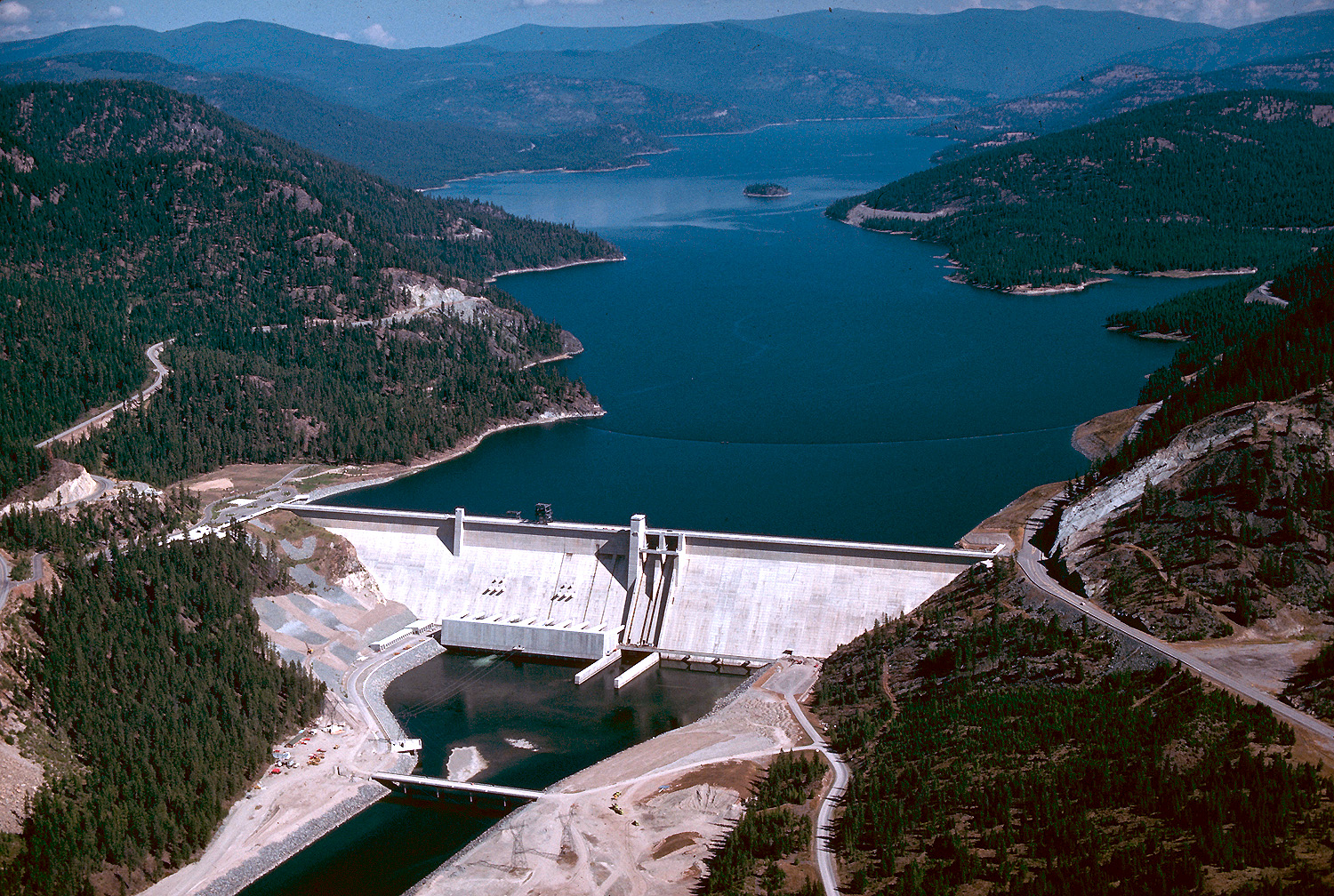The B.C. Government has not yet proposed a water quality objective for Lake Koocanusa but is working alongside the Montana Government on the long-standing cross-border issue.
As of last week, the Montana Government released its proposed objectives for selenium levels and water quality in Lake Koocanusa. According to the BC Ministry of Environment and Climate Change Strategy (ECCS), they participated with the Montana Department of Environmental Quality (DEQ) to develop selenium-level objectives.
“Selenium is a micronutrient essential to biological functions in animals and certain plants at minute quantities,” said the Montana DEQ. “However, at elevated levels, selenium can adversely impact a broad range of aquatic life including fish, and birds that eat aquatic life. High selenium levels can cause reproductive effects, reduced growth and mortality in fish populations.”
The DEQ said rising selenium levels in Lake Koocanusa have been identified as a result of historic and current coal mining in the Elk Valley. Lake Koocanusa and Montana’s Kootenai River are both intentional water bodies formed by the Libby Dam, although the Kootenai River originates in B.C. as the Elk River.
“There are currently no entities with a permit to discharge in Montana that contribute selenium to Lake Koocanusa or the Kootenai River,” said the DEQ. “The goal for both Montana and British Columbia is to adopt aligned standards that protect aquatic life.”
While the current standards for selenium were established in 1987 at 5 µg/L, Montana is now proposing 0.8 µg/L for Lake Koocanusa and 3.1 µg/L for the Kootenai River, which aligns with the Board of Environmental Review’s national standards in 2016 for the United States.
“The proposed water column value for Lake Koocanusa is lower than the EPA’s national recommended criteria of 1.5 µg/L for lakes and reservoirs, but in alignment with the recommendation that, where possible, selenium standards should be established based on site-specific conditions,” said the DEQ in their proposal, which noted that selenium accumulates as it moves through the food chain in bugs, fish, and other aquatic life.
MORE: Board of Environmental Review initiates rulemaking for selenium water quality standards in Lake Koocanusa and the Kootenai River (Montana Government)
In response to Montana’s proposal, the B.C. Government said they have not yet selected a proposed water-quality objective for selenium.
“B.C. is committed to a science-based process informed by the best data available,” said the ECCS Ministry. “A selenium-level target will only be established once B.C. is fully confident that the process has met this high standard and after seeking consensus with the Ktunaxa Nation Council on a recommended standard for selenium for this transboundary waterbody.”
The DEQ said the proposed standards are a culmination of over six years of collaboration on selenium-specific targets. Montana’s proposed standards are being filed with the Administrative Register, leading to a 45-day public comment period, with a Public Hearing slated for early November.
PREVIOUS: Pollution levels in Koocanusa more than twice the safe limit (Aug. 18, 2020)
The following is British Columbia’s full response on the proposal:
“British Columbia has participated with the Montana Department of Environmental Quality to establish a selenium-level objective for Lake Koocanusa, which straddles the border of B.C. and Montana.
On the basis of this work, the Montana Department of Environmental Quality has released a proposed selenium-level objective for Lake Koocanusa.
British Columbia has not yet selected a proposed water-quality objective for selenium. B.C. is committed to a science-based process informed by the best data available.
A selenium-level target will only be established once B.C. is fully confident that the process has met this high standard and after seeking consensus with the Ktunaxa Nation Council on a recommended standard for selenium for this transboundary waterbody.”




